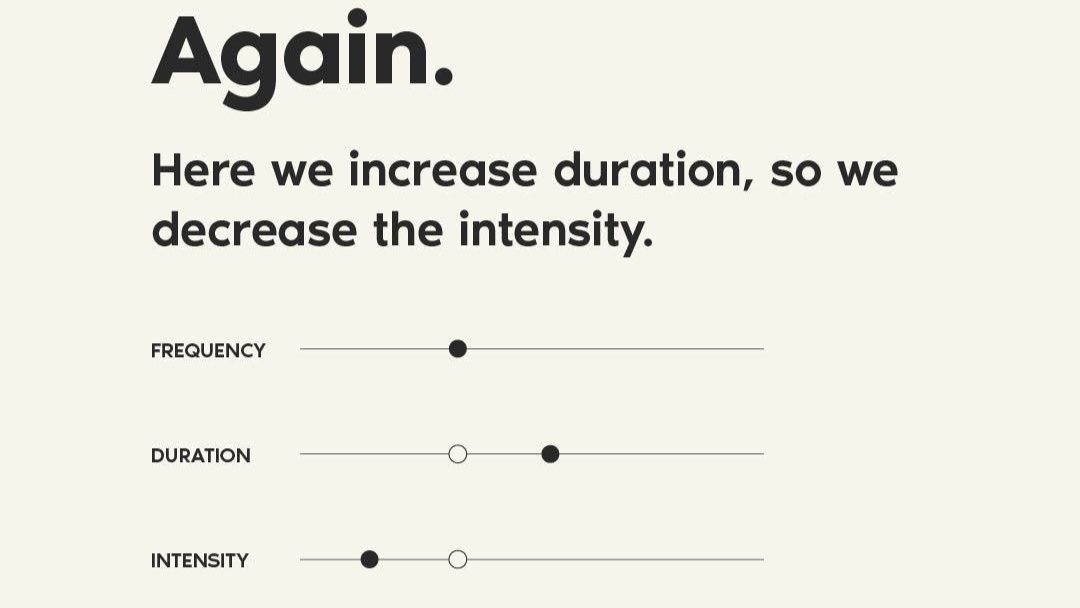The Best Way to Program Your Own Runs.
If you clicked on this blog then you, like many others, are excited to get your shoes on and ramp up your running this spring/summer season. First of all, we’re proud of you because this is the first step to enjoying running, which means challenging yourself, and taking control of your body and health. This is what The Movement is all about! Ultimately we want to help you with STAYING running over the long-term because the person that stays HEALTHY is the person that’s able to log more runs and ultimately achieve more of their health and performance goals. In this blog, we’re going to talk shop about run programming to minimize the chances of getting injured. Specifically, how an acronym called FDI and the equalizer method can be used to make smarter and more gradual progressions in your training. We have a saying that goes something like this…
80% of runners get injured because they run at 80% intensity 80% of the time
This is what we’re aiming to help you avoid!
To be frank, most people progress running too quickly. While you may be able to withstand the runs and recover aerobically, your tissues need time to recover and this takes more time (think tendons and bones). We like to think of run programming as stacking bricks slowly over time…it seems like you’re going slow, but done consistently over time you end up achieving your goals (see graphical depiction).
By using the equalizer method, a method popularized by physiotherapy researcher Tom Goom, you can minimize your chances of progressing too quickly. This concept of the equalizer is based upon the 3 variables that can be manipulated over the course of a running program, which includes:
Frequency - how often you’re running per week and per month
Duration - how far you’re running in a single session, over the course of a week, and over the course of a month
Intensity - how effortful your runs are, based upon either perceived intensity or a particular pace (if you know your race pace)
Normally, frequency is increased before duration and duration before intensity, with intensity being the most stressful variable on your tissues. It’s called the equalizer method because when you increase one variable we recommend decreasing another. For example, if you add another run day (from 3 -> 4 times per week) and your total running volume is 25km/week, move down to 20 km per week total volume for 1-2 weeks before going back to the same volume.
See the following slides for a graphical depiction of this
This might seem like a cautious approach…and it is! However, remember that the runner that stays healthy the longest is the runner that has the most success over the long-term….both in terms of their race times and their ability to continue to lace up and enjoy the sunshine.
If you are looking for away to supplement your running with strength training. Check out our FREE 2 Week Strength program we created specifically for runners!




